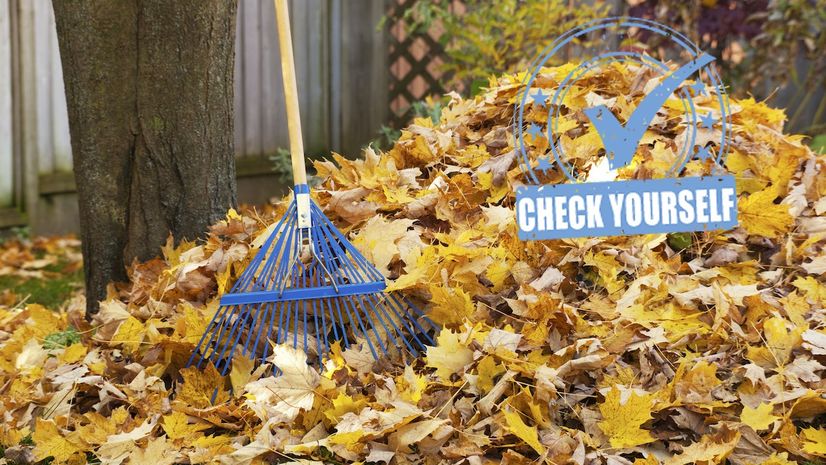“Sweater weather” takes on a whole new meaning when you’re a homeowner.
From lawn maintenance to winterizing the pool, the change of the season ushers in a slew of extra items for your to-do list.
There’s plenty to keep you busy this fall if you’re feeling ambitious and ready to try your hand at some DIY home maintenance. But it’s also easy to outsource your list if you have the budget—and if you prefer not to spend your weekends installing insulation or trimming back tree branches.
Ready to roll your sleeves up (or hire a helpful contractor)? Here are six tasks to add to your to-do list this fall.
1. Check your home’s insulation
Just as you check the windows and doors for air leaks, it’s important to keep an eye on your home’s insulation to ensure heat isn’t escaping, says Darcy Lee, senior project manager of air handlers at Trane Residential.
“If your attic or crawl space isn’t properly insulated, your heating system has to work harder during the fall and winter months to keep your home at a consistently comfortable temperature,” Lee says. “The more it works, the more it costs you.”
DIY: Some insulation materials, like fiberglass or mineral wool, are easy enough for average homeowners to install themselves, Lee says. She suggests adding extra insulation to your garage door for a DIY project.
Call in the pros: For the rest of us, handling insulation can be a little daunting, and it’s never a bad idea to call in help.
“An insulation contractor can properly assess the materials required for each project, and can complete the job quickly and efficiently,” Lee says.
This is especially true if your home’s insulation is from the 1970s or earlier.
“Insulation quality has come a long way since then,” Lee says.
The cost of an insulation upgrade depends on the extent of the project, but the average price is around $2,400, according to the National Association of Realtors®.
2. Test your home’s indoor air quality
If your allergies flare up in the fall due to mold, pollen, and dander, “there are some easy ways to reduce those triggers from entering your own home,” Lee says. “It starts with testing your home’s indoor air quality to assess what airborne particles may be negatively affecting the air you breathe at home.”
DIY: Pick up an indoor air–monitoring device that checks temperature, humidity, carbon dioxide, fine particulate matter, and volatile organic compounds. A model like the Awair Element will set you back $300 but offers sophisticated data analysis with an app where you can monitor air quality in real time.
If you discover poor air quality, you can start with small fixes like changing your furnace filter or adjusting the humidity, or decide if it’s worth investing in a whole-home air cleaner.
Call in the pros: Your trusted HVAC provider can also test your home’s air quality. These appointments cost a little over $400, depending on where you live and the size of your home.
“They know exactly what to look for and can run several tests at once when inspecting your home for potential danger zones,” Lee says.

